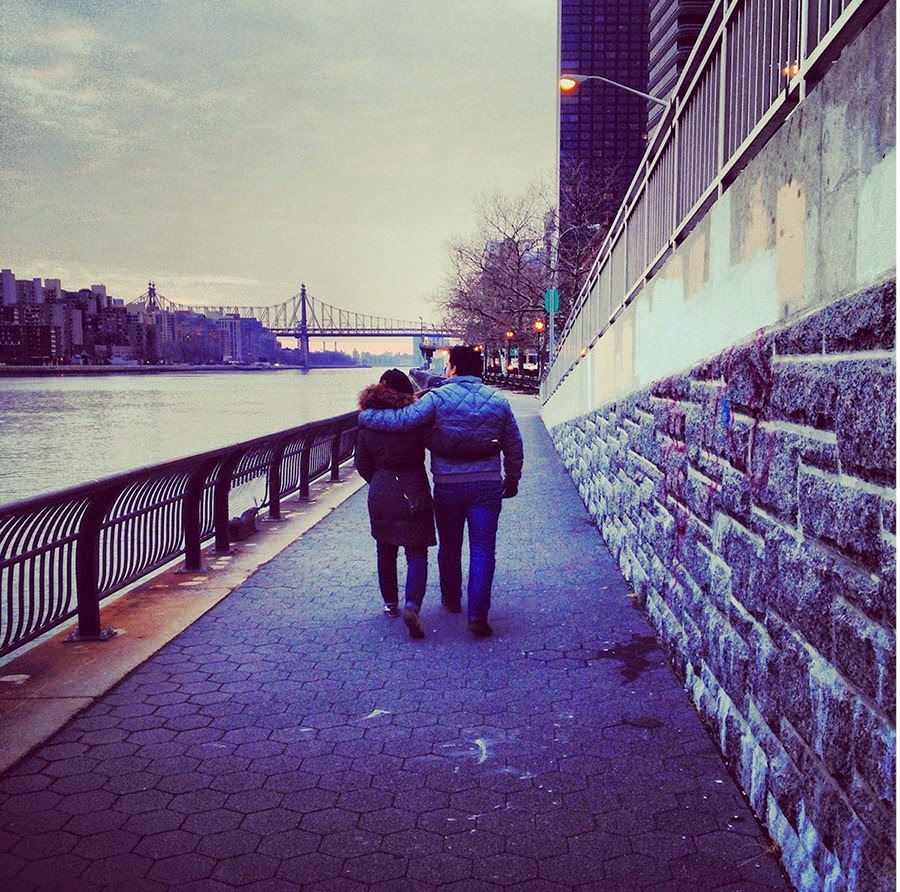Growing up in New York City and in the outer realm within Westchester County, I am very close to many large city centers that are thriving and flourishing. New York City being the largest. NYC is considered one of the largest epicenters of the US (if not the world).
Walking the streets in this economic down turn there are countless people homeless panhandling. Weather it is due to the economy, medical issues or a set of bad circumstances, it is still a paradox of wealth and poverty overlaid in direct adjacency.
On a stretch from 26th to 13th street on 6th Ave, there were six homeless people asking for help. I documented my short walk.
I was able to speak with several. Some chose not to be photographed, some did not want their face shown directly while others didn't mind and I was able to choose my angle.
As I returned from my walk I saw a veteran homeless guy sitting adjacent to a double parked 2014 E-series Mercedes Benz. This epitomized the level of travesty seen in everyday New York City. Wish I could have been able to capture this.
I hope and pray there will be others willing to help these fellow New Yorkers. And be willing to set the politics aside and treat them as humans in need of help.
As a New Yorker, it seems many people including myself have gotten accustom to them being "around." I do not want to support a drug or alcohol addiction but don't know how to help any further.
A couple of reputable homeless help centers worth supporting include: http://nymag.com/urban/articles/charityguide/homeless.htm. You can also support the government organization here: http://www.nyc.gov/html/dhs/html/home/home.shtml.
By
Jared W. Smith, R.A.










